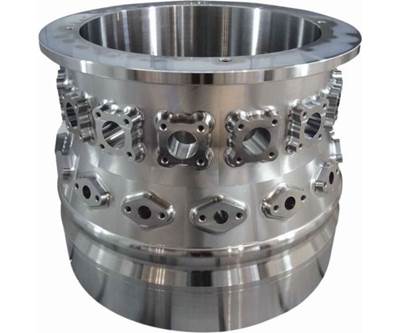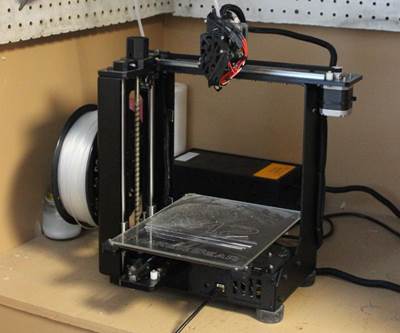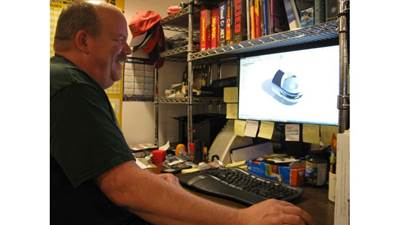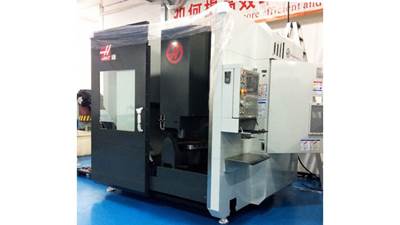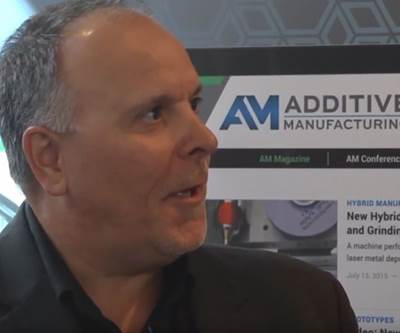Postprocessing
High-Throughput Cell Segregates Additive, Subtractive Processes
The real value of building parts layer by layer isn't the potential to replace conventional, subractive machining, but to complement it.
WatchHybrid Manufacturing in the Spotlight at Canadian AM Forum
PTooling's hybrid machining center became the centerpiece of an AM forum and open house held at the company's Ontario facility.
Read MoreWhy Your Machine Shop Will Have a 3D Printer
In the future, we’re likely to take it for granted that small machining businesses routinely use 3D printing as a complement to their machine tools. The 3D printer can do work that frees up the more valuable machines.
Read MoreThe Case for 3D Printing in Machine Shops
A small 3D printer frees up CNC machining capacity by producing tooling and prototypes so the machine tools don’t have to.
Read MoreSimulation and Updates for Hybrid Manufacturing
DMG MORI continues to improve its Lasertec 65 3D hybrid machining center, and has a new hybrid machine in the works.
Read MoreFive-Axis Machining Complements AM
Intricate components made through AM go directly to a five-axis machine as part of a service combining additive and subtractive processing.
Read MoreVideo: Will AM Subtract from Machining?
Don’t underestimate machining, which has capabilities additive can’t compete with. AM will have its greatest impact on parts that are designed specifically for this process.
WatchAM Magazine Featured on “Making Chips” Podcast
The podcast's hosts engage an AM editor on additive manufacturing’s role relative to CNC machining.
Read MoreVideo: Is Additive Manufacturing a Competitor to CNC Machining?
Not at all, says Renishaw’s Robert Chiari. The manufacturing methods complement one another, which is why many machining facilities are looking to AM.
Read MoreFDM Enables “Smarter” Layup Tools
Building layup tools for composites via FDM eliminates some postprocessing and assembly steps, opening the door to more innovative designs.
Read More
